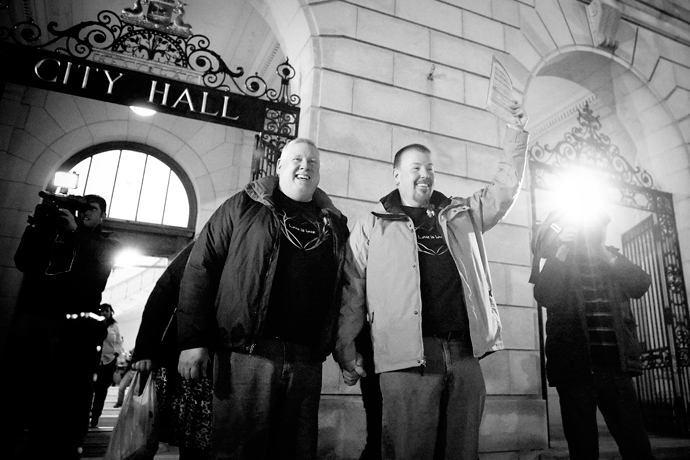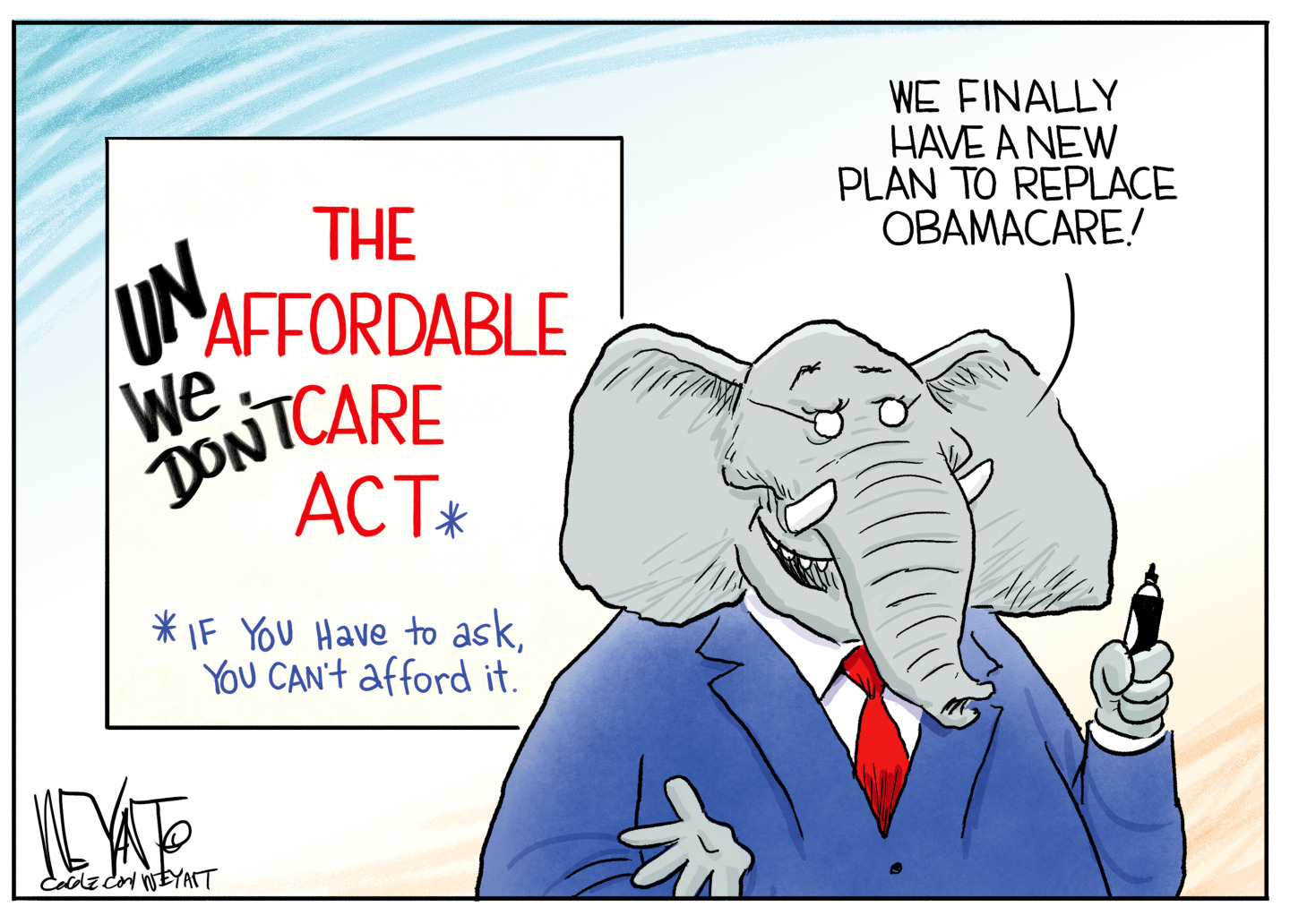Art is not a justification for discrimination
And that means photographers shouldn't get a pass from working at same-sex weddings

Art is a reaction to the human condition. It is not a justification for discrimination.
Recently, The Week's Matt Lewis argued that photographers, being artists, should have the right to not work at same-sex weddings based on freedom of expression grounds. The argument, essentially, is that while bakers may be subject to anti-discrimination laws, and thus barred from refusing service to same-sex weddings, artists like photographers ought to get a pass since their work is so tied up with the First Amendment. Ultimately, Lewis is trying to convince us that a wedding photographer is an artist and a baker is an artisan.
First off, being an artist is not, and has never been, a justification to violate anti-discrimination laws. Freedom of expression may protect an artist from having his or her work banned, but it cannot protect an artist before any artwork has been produced. Technically speaking, New Mexico photographer Elaine Huguenin could legally express her anti-gay views through art. But to refuse to do business with someone based on their sexual orientation? That's against the law.
The Week
Escape your echo chamber. Get the facts behind the news, plus analysis from multiple perspectives.

Sign up for The Week's Free Newsletters
From our morning news briefing to a weekly Good News Newsletter, get the best of The Week delivered directly to your inbox.
From our morning news briefing to a weekly Good News Newsletter, get the best of The Week delivered directly to your inbox.
But even if it weren't: Wedding photography is rarely art.

Who is an artist? Who is an artisan? What is the difference? Well, an artist is someone who makes art. An artisan is someone who practices a craft. That is the simple part.
The difference between art and craft is where this gets tricky. The tools to create art and craft are often the same. And even the best and brightest in the field of art theory have grappled with a universal definition of art.
One working definition is that art is the product of intention (I intend to create art) and reception (the work being received as art). In Art and Fear, David Bayles and Ted Orland suggest that a craft can achieve "perfection" while art "continually generates new and unresolved issues."
A free daily email with the biggest news stories of the day – and the best features from TheWeek.com
"The difference between art and craft," they say, "lies not in the tools you hold in your hands, but in the mental set that guides them.... For you, the artist, craft is a vehicle for expressing your vision."
In this view, wedding photography is a commercial craft that has never been received by the art world as art. We wedding photographers are paid to serve a client's vision. There is usually limited (if any) creative freedom. Often clients will provide a list of "must have" photos or an inspiration board of photographs they desire (thank you, Pinterest!). Within those jobs, we strive to produce images that are technically proficient (sharp focus, perfectly lit, and exposed) and physically flawless (smooth skin, flattering poses and angles). Through the use of seasoned skills and digital editing tools, perfection is possible.

As a wedding photographer, the perfection I strive for is twofold: First, I seek to produce a set of images that allows a couple to relive their wedding day; and, second, I want to offer a service that goes above and beyond my clients' expectations. Essentially, I aim to create wedding photos that will cause my clients to laugh and cry, and, to provide that service, it is important for me to attract potential clients who are drawn to my style of photography.
Not every photographer is the right match for every wedding. Photographers curate their portfolios carefully, showing the photographs and styles of weddings they enjoy and are most comfortable with, and, as such, attract clients with a shared aesthetic vision.
It's not uncommon for a photographer, in the course of his or her career, to meet a client who is not the "right fit" for the services offered. Usually a client like this will have a vision that the photographer does not feel she or he is able to capture. In this case, a professional should refer this client to another photographer who might be a better fit. Not only is this a valuable service to the engaged couple, it's also good networking.
For those photographers and other wedding professionals who take issue with gay marriage, that's a personal opinion that they are free to have. But when it comes to our craft, discriminating on the basis of race, gender, or sexual orientation is not freedom of expression. It's just bad business.
Thea Dodds is an award-winning wedding photographer with more than 15 years of experience. She founded Authentic Eye Photography in 2004. With Kathryn Hamm, the president of GayWeddings.com, Thea co-wrote The New of Capturing Love: The Essential Guide to Lesbian and Gay Wedding Photography (Amphoto Books, 2014).
-
 A luxury walking tour in Western Australia
A luxury walking tour in Western AustraliaThe Week Recommends Walk through an ‘ancient forest’ and listen to the ‘gentle hushing’ of the upper canopy
-
 What Nick Fuentes and the Groypers want
What Nick Fuentes and the Groypers wantThe Explainer White supremacism has a new face in the US: a clean-cut 27-year-old with a vast social media following
-
 5 highly amusing cartoons about rising health insurance premiums
5 highly amusing cartoons about rising health insurance premiumsCartoon Artists take on the ACA, Christmas road hazards, and more